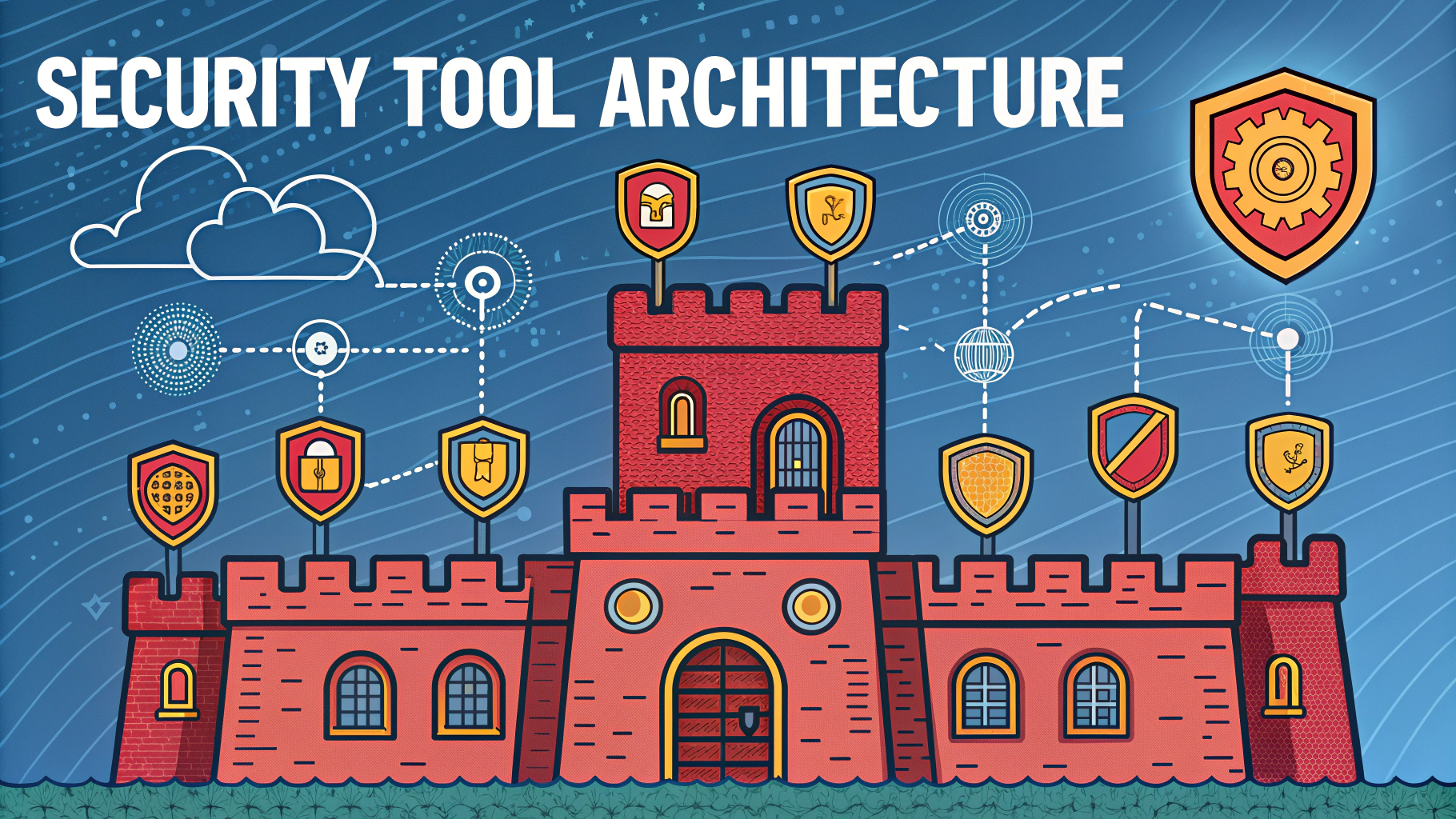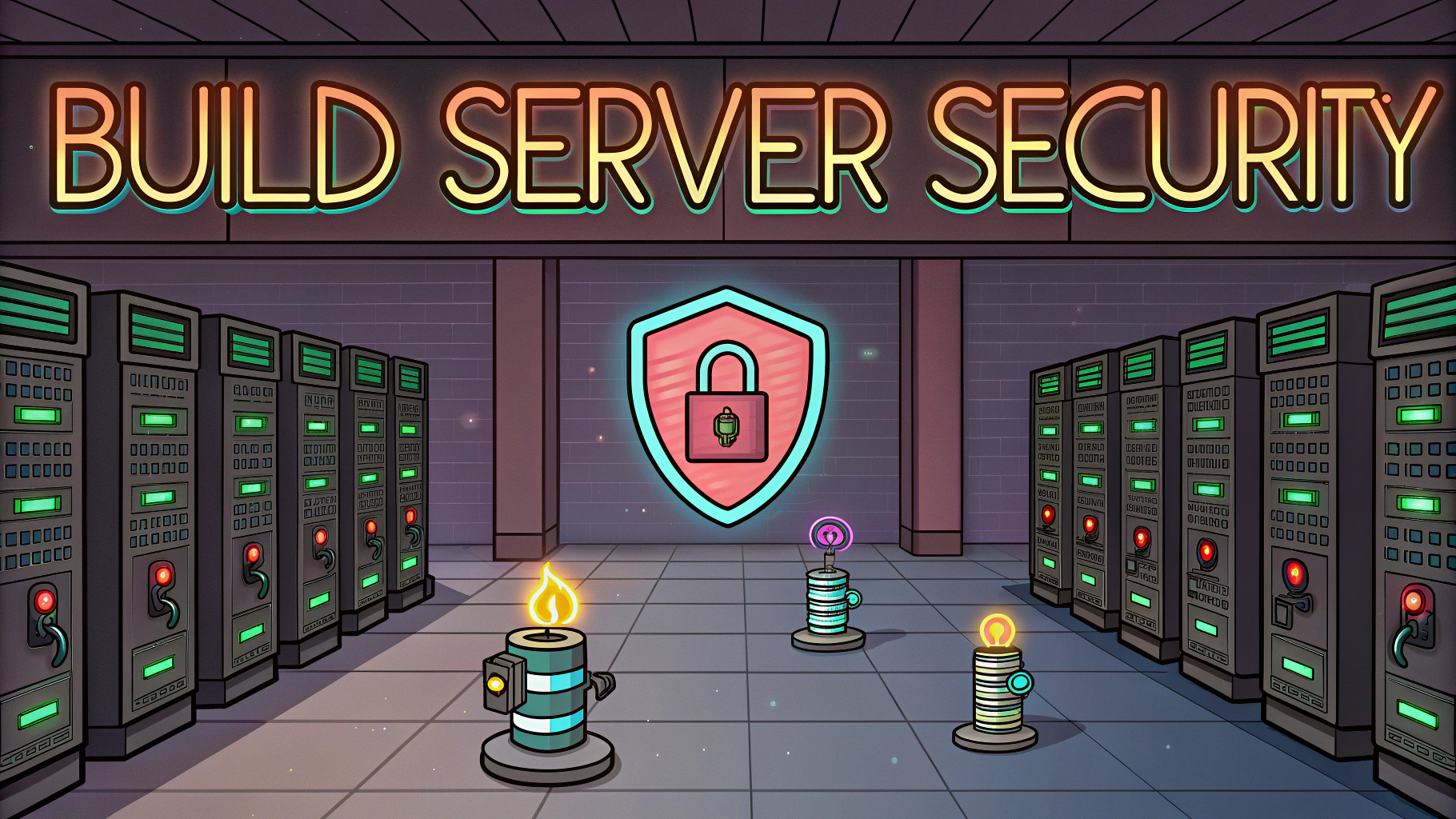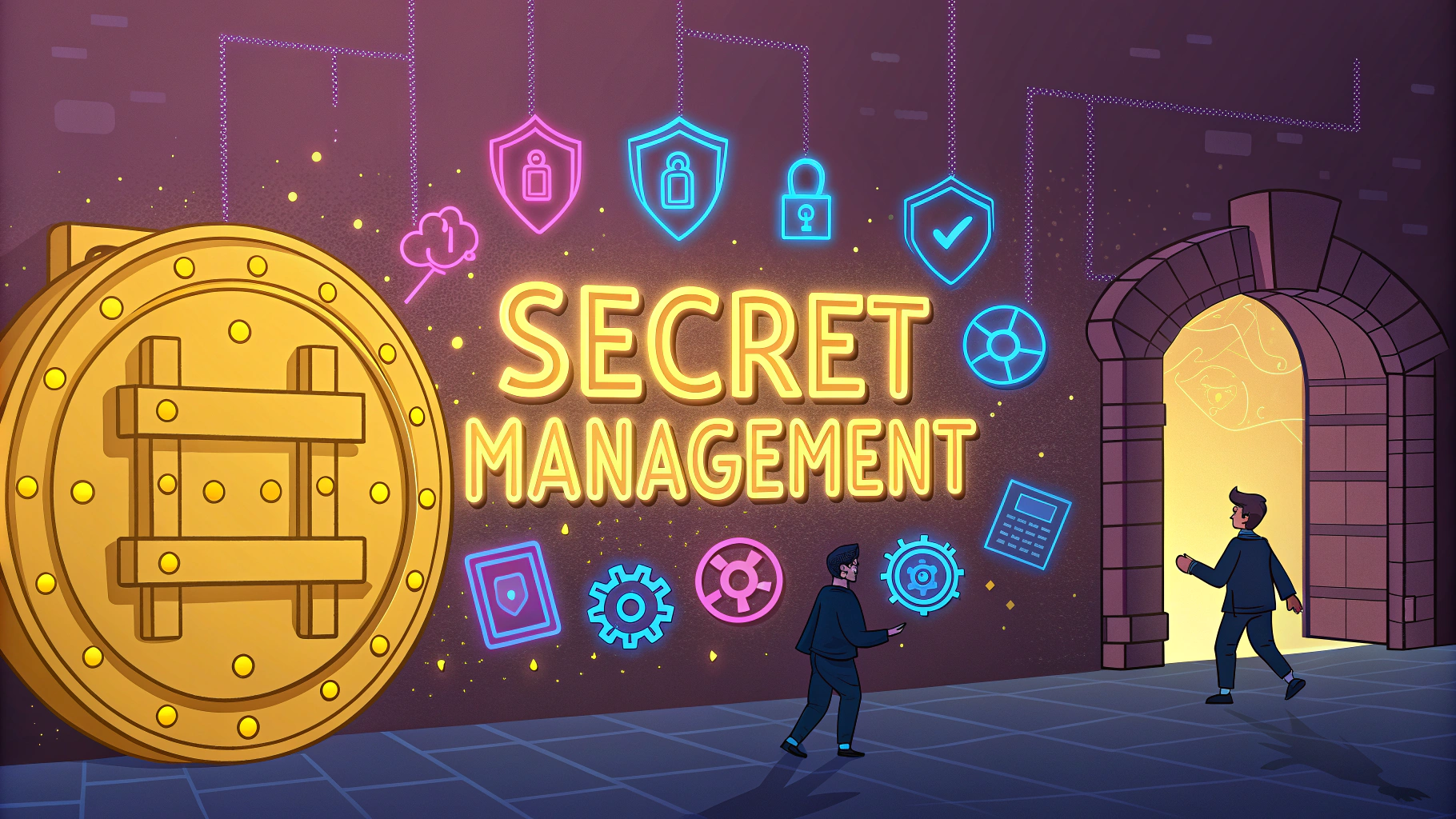CTF (Capture The Flag) competitions test and develop practical cybersecurity skills through gamified challenges that simulate real-world scenarios.
These competitions serve as an excellent entry point for those interested in penetration testing, defensive security, and ethical hacking.
Learning through CTF competitions provides hands-on experience with tools, techniques, and methodologies used by security professionals worldwide.
Types of CTF Competitions
- Jeopardy-style: Individual challenges in categories like cryptography, web exploitation, reverse engineering, and forensics
- Attack-Defense: Teams maintain their services while attacking others
- Mixed: Combination of both styles in a single competition
Getting Started with CTFs
- Practice platforms:
- HackTheBox
- PicoCTF (beginner-friendly)
- VulnHub
Essential Tools for CTF Competitions
- Operating System: Kali Linux or Parrot Security OS
- Analysis Tools:
- Wireshark – Network analysis
- Ghidra – Reverse engineering
- Burp Suite – Web application testing
- John the Ripper – Password cracking
Basic Skills to Develop
- Command line proficiency
- Programming (Python, Bash scripting)
- Network protocols understanding
- Web technologies knowledge
- Cryptography basics
Common Challenge Categories
| Category | Description |
|---|---|
| Web | SQL injection, XSS, CSRF |
| Crypto | Encryption, encoding, hashing |
| Forensics | File analysis, steganography, memory dumps |
| Reverse Engineering | Binary analysis, debugging |
Practice Resources
- Online Platforms:
- CTFtime – CTF event listings and rankings
- OverTheWire – Security wargames
- Root Me – Challenge platform
Tips for Success
- Document your solutions and create a personal knowledge base
- Join a team or community for collaborative learning
- Practice regularly with different challenge types
- Follow CTF write-ups to learn new techniques
- Focus on one category initially before expanding
Next Steps in Your CTF Journey
Start with beginner-friendly platforms like PicoCTF to build confidence and fundamental skills.
Join Discord communities or local security groups to connect with other CTF players.
Consider participating in online CTF events listed on CTFtime to gain real competition experience.
Competition Strategies
- Time Management:
- Read all challenges before starting
- Prioritize easier challenges first
- Set time limits for each challenge
- Know when to move on if stuck
- Team Coordination:
- Assign roles based on expertise
- Maintain clear communication channels
- Share findings and techniques
- Document progress in real-time
Advanced Techniques
- Automation:
- Custom script development
- Automated reconnaissance tools
- Batch processing for repetitive tasks
- Infrastructure:
- Virtual machine management
- Docker containers for isolation
- Cloud resources utilization
Career Opportunities
- Penetration Tester
- Security Researcher
- Incident Response Analyst
- CTF Challenge Designer
- Security Consultant
Advancing Your CTF Journey
Mastering CTF challenges requires dedication, continuous learning, and practical application. Build a strong foundation in fundamental security concepts, stay updated with current threats and techniques, and actively participate in the community.
Remember that every challenge solved strengthens your skillset and brings you closer to your cybersecurity career goals. Keep practicing, stay curious, and never stop learning in this dynamic field.
FAQs
- What is a CTF (Capture The Flag) competition in cybersecurity?
A CTF is a security competition where participants solve various cybersecurity challenges to find hidden “flags” – typically strings of text that prove the successful completion of a task. These events test skills in areas like cryptography, web security, reverse engineering, and network analysis. - What are the main types of CTF competitions?
There are three primary CTF formats: Jeopardy-style (solving individual challenges in different categories), Attack-Defense (teams defend their systems while attacking others), and King of the Hill (maintaining control of a target system against other competitors). - What skills do I need to participate in CTF competitions?
Basic programming knowledge, understanding of networking concepts, Linux command-line familiarity, web technologies comprehension, and problem-solving abilities are essential. Knowledge of common cybersecurity tools and basic cryptography is also valuable. - Where can I find CTF competitions to participate in?
Popular platforms include CTFtime.org, HackTheBox, TryHackMe, and PicoCTF. Many cybersecurity conferences like DEFCON and HITB also host CTF events. - What tools are commonly used in CTF competitions?
Essential tools include Wireshark for network analysis, Burp Suite for web testing, GDB/IDA Pro for reverse engineering, Python for scripting, and various Linux security tools like nmap and metasploit. - How can beginners start practicing for CTFs?
Beginners should start with educational platforms like PicoCTF or CTFlearn, which offer permanent practice challenges. Working through basic challenges in web security and cryptography is recommended before advancing to more complex topics. - What categories of challenges are typically found in CTFs?
Common categories include Web Exploitation, Binary Exploitation (pwn), Reverse Engineering, Cryptography, Forensics, Steganography, and Miscellaneous challenges that might involve programming or logic puzzles. - How are CTF competitions scored?
Most CTFs award points based on challenge difficulty. First solves often receive maximum points, with point values potentially decreasing as more teams solve the challenge. Some competitions use dynamic scoring systems based on solve rates. - What is the difference between online and on-site CTF competitions?
Online CTFs can be played remotely and often run for 24-48 hours, while on-site CTFs take place at physical locations during conferences or events, typically lasting 8-24 hours and offering more direct interaction with other teams. - What should I focus on to improve my CTF performance?
Focus on developing a strong foundation in programming, networking, and operating systems. Practice regularly on CTF platforms, learn to use essential tools, and study write-ups from past competitions to understand different problem-solving approaches.







